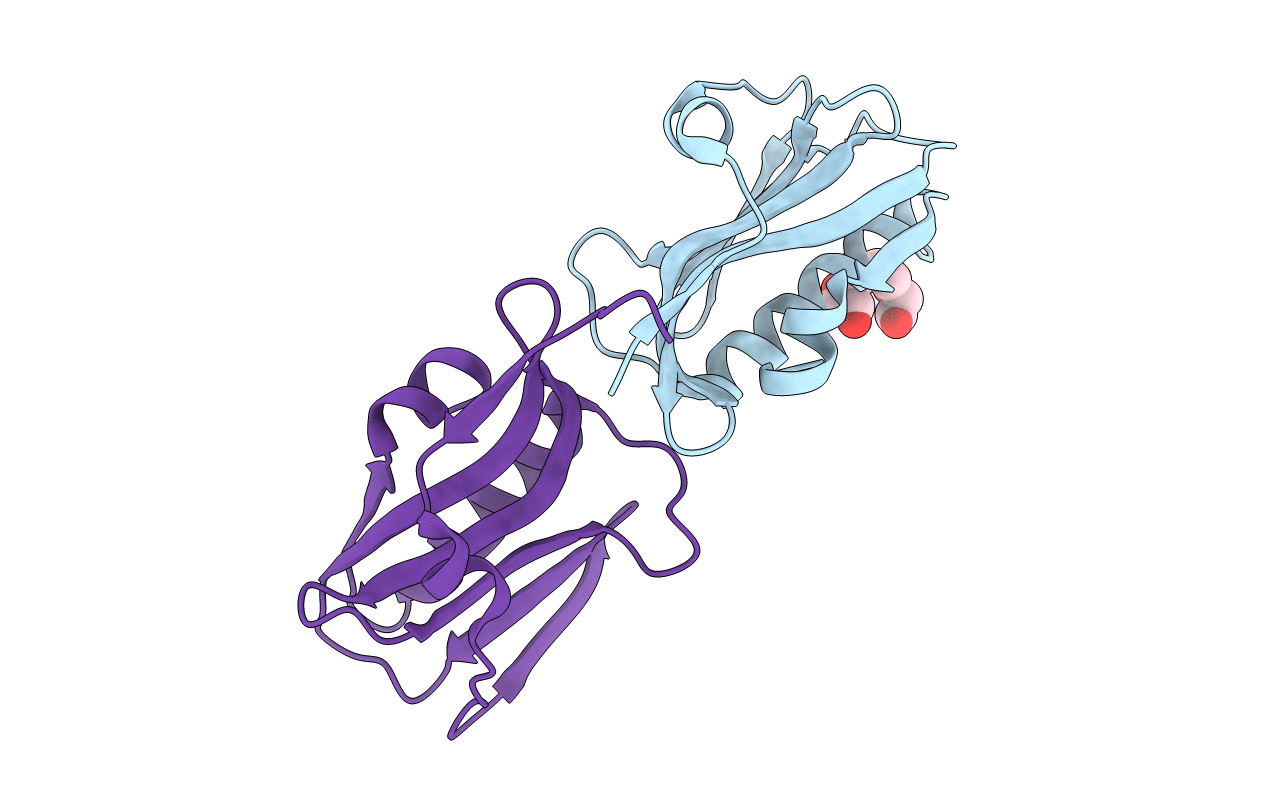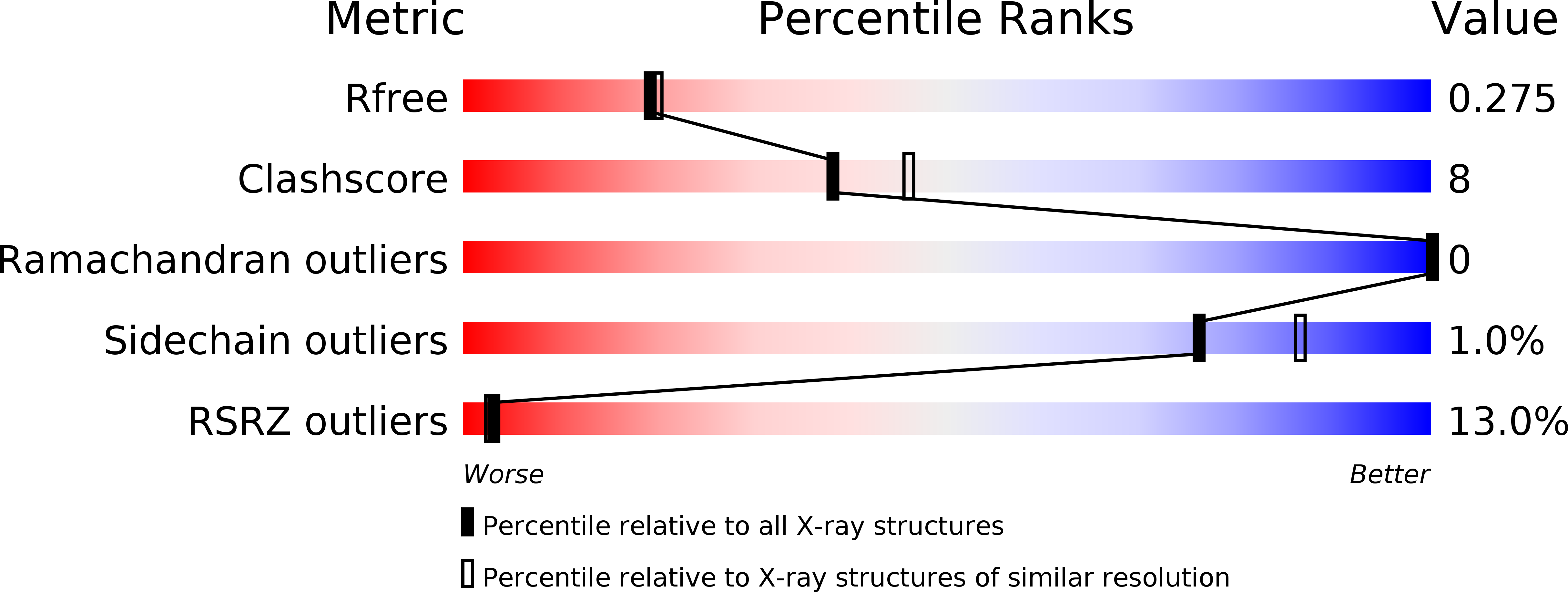
Deposition Date
2010-08-04
Release Date
2011-05-11
Last Version Date
2024-02-21
Entry Detail
Biological Source:
Source Organism:
Influenza A virus (Taxon ID: 671829)
Host Organism:
Method Details:
Experimental Method:
Resolution:
2.20 Å
R-Value Free:
0.26
R-Value Work:
0.24
R-Value Observed:
0.24
Space Group:
C 2 2 21


